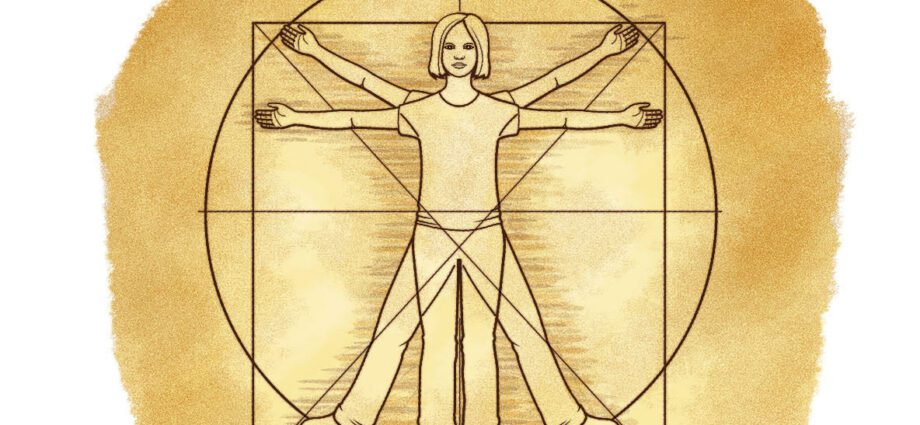Tina Huang and her colleagues at Tufts University measured the length of the legs and arm span of volunteers. All study participants were American, predominantly white, with an average age of seventy-two years.
Over five years of observation, four hundred and eighty people were diagnosed with dementia (acquired dementia). After analyzing the data, the scientists found that women with the lowest arm span were seventy-two percent more likely to develop Alzheimer’s disease than those with the highest arm span. The risk of other forms of dementia in these women increased by forty-two percent.
The length of the legs also influenced the incidence of the disease: an increase in this indicator for every two and a half centimeters was accompanied by a decrease in the risk of Alzheimer’s disease by twenty-two percent, and other forms of dementia by sixteen percent, the researchers said.
In men, this dependence was less pronounced and was determined by only one indicator – the span of the arms. An increase in arm span by two and a half centimeters was accompanied by a six to seven percent reduction in the risk of dementia and Alzheimer’s disease.
Scientists noted that the length of a person’s arms and legs depends not only on hereditary factors, but also on environmental factors. Indicators such as leg length and arm span can serve as an indicator in early childhood. These same factors can influence the development of the brain, and in old age determine the susceptibility to Alzheimer’s disease.
Previously, similar data were obtained for the Korean population. A recent study confirms that increased limb length is associated with a reduced risk of senile dementia in Westerners as well, Huang said.










